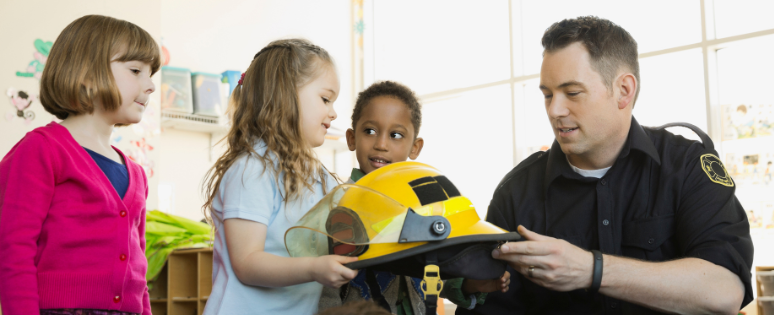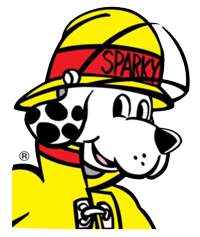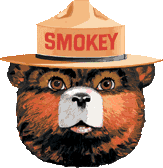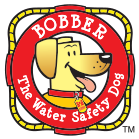Ignite Your Fire Safety Knowledge!
For Homeschoolers:
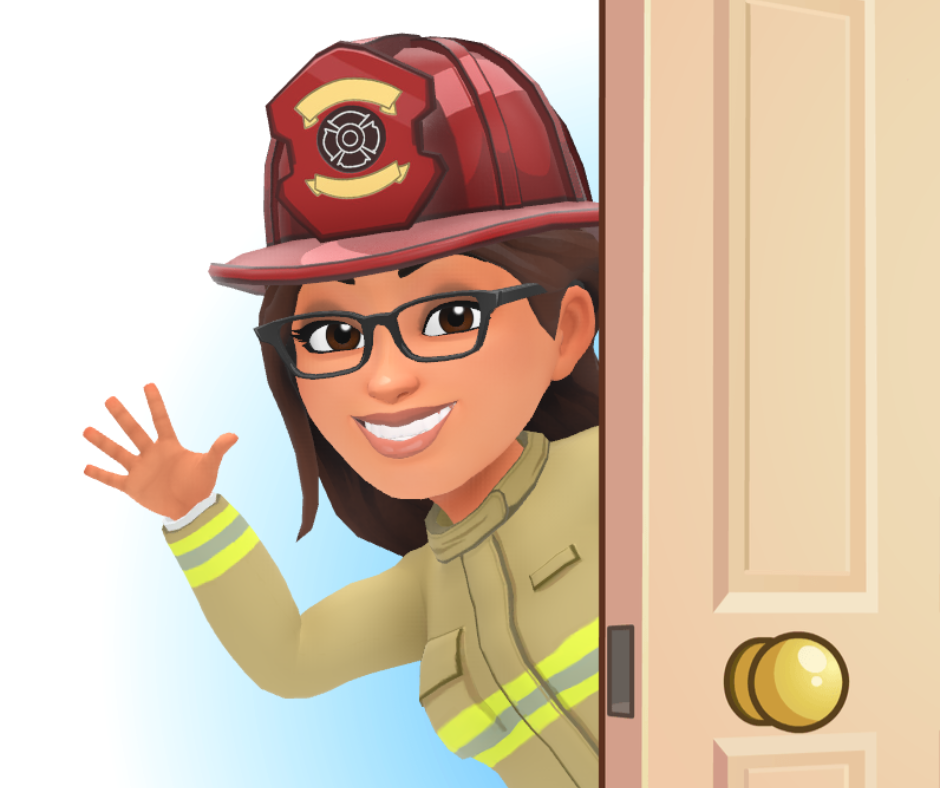
Why Fire Safety Matters
Water Safety
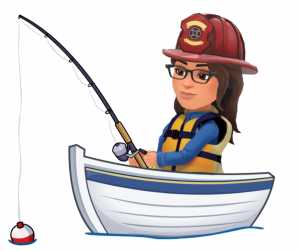
Water Safety Tips:
- Never swim by yourself. A parent or lifeguard should be present.
- Take swim lessons.
- Stay near the edge or by the steps if you are not a strong swimmer. Sometimes the bottom of the pool is slippery. Holding onto the side of pool will help you keep your balance.
- Always go in feet first. Diving into a shallow area of the pool is dangerous.
- Look before you leap. Make sure no one or pool toys are under you before jumping off the diving board or sliding down the slide.
- If it starts to thunder or lightning, get out of the water immediately and go inside to be safe.
- Don’t use pool toys to help someone having trouble in the water. Use an approved life preserver.
- Wear sunscreen to protect your skin.
YouTube Videos on Water Safety:
Safety Smart with Timon & Pumbaa- Water Safety
For more water safety information, visit the US Army Corps of Engineers:
The official home of Bobber the Water Safety Dog
Bike Safety
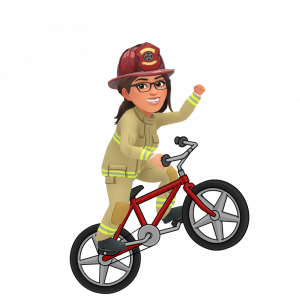
Bike Safety Tips:
- Wear a helmet.
- Follow all traffic signs, such as stop signs.
- Try to ride on the sidewalks or bike lane. If you have to ride on the road, go with the flow of traffic.
- If you are riding in the road, use proper hand signals to let the cars behind you know what you are doing.
- Don’t ride your bike at night unless you have a headlight, tail lights, and reflectors on your bike. Also, wear bright clothing or reflective tape so cars can see you.
- Watch for cars backing out of driveways. They may not see you.
YouTube videos on Bike Safety:
Safety Smart with Timon & Pumbaa- On the Go! Bikes & Scooters
Bicycle Safety Cartoon
How to Ride a Bike Safely
Wear a Properly Fitting Helmet
Fire Safety

Fire Safety Tips:
- Make sure your home has working smoke alarms.
- Smoke alarms should be tested once a month and changed out every 10 years.
- If the smoke alarm has removable batteries, they need to be changed out at least once a year.
- Smoke alarms should be located on every level of the home, in each bedroom or just outside the bedroom area.
- Do not touch matches or lighters. Tell a grown up to put them away.
- Have a fire escape plan for your home.
- Practice your escape plan with the whole family.
- Have a family meeting place in the front yard that is a safe distance from the house.
- Know two ways out of each room.
- Keep all exits clear of clutter.
If there is a fire:
- Don’t panic! Get out as fast as you can.
- Crawl on your hands and knees under to smoke and get to an exit.
- Before you open a door, check it for heat with the back of your hand. If it feels cold, open the door slowly and continue to the exit. If it feels warm or hot, do not open the door. Go to your second exit, such as a window.
- Close the door behind you when you leave a room.
- Once outside, go to your neighbor’s house to call 9-1-1.
- DO NOT go back inside the house for anything or anyone! Let the firefighters know if someone or a pet is still inside.
Fire Safety Handouts/Coloring Sheets:
Firefighter Gear
Fire Escape Plan Grid
YouTube Videos on Fire Safety:
Safety Smart with Timon & Pumbaa- Fire Safety
Firefighter Cindy Says…Have a fire escape plan!
Wildland & Campfire Safety
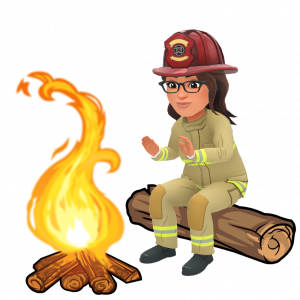
WILDFIRE SAFETY
What is a wildfire?
A wildfire is an uncontrolled fire that can spread quickly in forests, grasslands, or rural areas. They can happen almost anywhere. Wildfires are more likely to happen during the summer and fall, especially during a drought when leaves and branches are dry and flammable.
What Causes Wildfires?
- Natural causes
- A lightning strike can ignite dry plants
- Lava and Ash can spark fires
- Spontaneous combustion
- Heat from decaying leaves and branches
- Humans
- Setting fires on purpose (this is illegal), also known as Arson.
- Campfires or barbecues that are left unattended or not properly put out.
- Discarded cigarettes or broken glass focusing sunlight
- Sparks from machinery like trains or vehicles
Wildfire Safety Rules
- Before a wildfire
- have a disaster plan and make sure you know if you live in a wildfire prone area
- prepare an emergency kit with food, water, a flashlight, and other supplies
- During a wildfire
- evacuate immediately, if told to do so
- wear protective clothing and stay away from fire hazards
- choose a safe route to leave the area
- After a wildfire
- stay away until officials say it’s safe to return
CAMPFIRE SAFETY
In the United States, nearly nine out of 10 wildfires are caused by people not being careful. Help prevent these types of fires by learning to be careful and helping others do the same. Make sure that the grownups building your next campfire follow all the rules below, and tell them to check out more Campfire Safety from Smokey Bear!
- Make sure you are at a site that allows campfires.
- Make sure there are no burn bans and it’s not too windy.
- Dig a pit away from overhanging branches.
- Circle the pit with rocks.
- Clear a 10-foot area around the pit down to the dirt, removing anything that could catch on fire.
- Stack extra wood upwind and away from fire.
- After lighting, throw the match into the fire.
- Never leave a campfire unattended; an adult should supervise the campfire at all times.
- Keep a bucket of water and shovel nearby.
- Never put anything but wood into the fire.
- Do not pull sticks out of the fire.
- Do not sit on the fire ring or rocks around the campfire. They will heat up quickly and they’ll stay hot for a long time.
- When it’s time to put the fire out, dump lots of water on it, stir it with a shovel, then dump more water on it. Make sure it is COLD before leaving the campsite. If it’s too hot to touch, it’s too hot to leave!
Fire Safety Handouts/Coloring Sheets:
MFPD Wildfire Evacuation Checklist
MFPD Campfire Safety Tips Coloring Sheet
YouTube Videos on Safety:
Wildfires -Fire Safety for Kids
Wildfires for Kids| What causes a wildfire? | Wildfire safety rules
How Wildfires Help! | Science for Kids
Campfire Safety with the HEAT Team
9-1-1
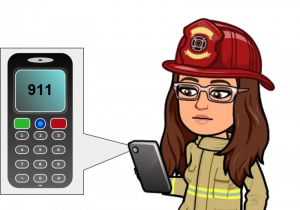
9-1-1 is for emergencies ONLY!
🚑 Ambulance:
YES: Someone is very hurt or sick.
NO: Someone just has a cold or they stubbed their toe
🚒 Fire:
YES: You see smoke and flames coming from a window or the stove.
NO: Someone is burning a pile of leaves in their yard.
🚓 Police:
YES: Someone is trying to break into your house.
NO: Girl Scouts are selling cookies door to door.
Things to know when calling 9-1-1:
- Location of the emergency or if you are at home, your home address
- Phone number that you are calling from
- Explain what is going on or what happened
- Don’t hang up until the dispater tells you to
Handouts:
My Emergency Contacts sheet
YouTube Videos on 911:
Cell Phone Sally- 9-1-1: Getting help is easy
Severe Weather

Be prepared, not scared!
Some storms are simple to prepare for and others do take a little more time.
- Rain Storms: Watch/listen to the weather on the news. Make sure you have your umbrella, raincoat, & boots ready the night before. Don’t wait until the last minute to find things.
- Thunder Storms: Watch/listen to the weather on the news. Stay inside. Thunder is just noise. It’s the lightning we need to watch out for.
- Tornado: This storm we need to prepare for ahead of time! Put together a family emergency preparedness kit. You would need enough supplies for the whole family (including pets) for at least three days. Make a plan with the family on where to go to be safe from a tornado. Will it be a basement, crawl space, or interior bathroom or closet without a window? Everyone should stay together. Have things to do that do not require electricity (books to read, board games, coloring books, etc) to pass the time away. Your electronic games will only last for a little while. If the storm knocks out the electricity, you won’t be able to recharge your games. Use flashlights when the electricity goes out. Never use candles!
Know the difference between WATCH and WARNING
WATCH: Conditions are favorable for severe storms. Have a plan and stay weather aware.
WARNING: Severe weather is occuring in your area. Put your plan into place and seek shelter.
Handouts:
Sparky’s Emergency Supply Kit List
FEMA Emergency Supply Kit List for Kids
Weather coloring page
MFPD Emergency Supply Checklist
MFPD Emergency Plan Checklist
YouTube Videos on Severe Weather Preparedness:
Disaster Dodgers: Severe Weather (FEMA)
Poison Safety
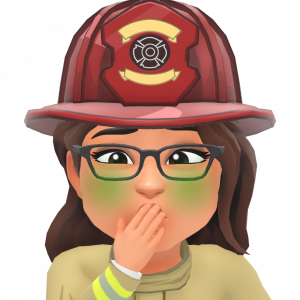
Poison Prevention
Poisons can make you SICK…or worse!
What is a poison?
A poison is anything that can harm someone if it is…
- Used in the wrong way.
- Used by the wrong person.
- Used in the wrong amount.
How do poisons get into our bodies?
- Ingestion: This is a common route, often unintentional. Poisons can contaminate food, drinks, or be ingested through hands that have come into contact with them.
- Inhalation: Breathing in contaminated air or vapors can lead to poisoning. Examples include inhaling fumes from cleaning products or exposure to industrial chemicals.
- Skin Absorption: Some poisons can be absorbed through the skin, causing irritation or more serious systemic effects.
- Injection: Bites and stings from poisonous animals (like bees, snakes, or spiders) can inject toxins directly into the bloodstream.
Types of poisons: Poisons come in many forms…
- liquid
- pills
- aerosol
- gases/fumes
Safety tips to remember:
- If you are not sure something is a poison, ask an adult.
- Do not take anything without permission.
- Keep poisons out of the reach of children. Up high and locked up is the best practice.
- Read all labels to make sure you are using the product correctly.
If you think someone has been poisoned, call 1-800-222-1222 for the Poison Control hotline. They are there to help you, help the person. If they feel the person needs to go to the hopital, then call 9-1-1.
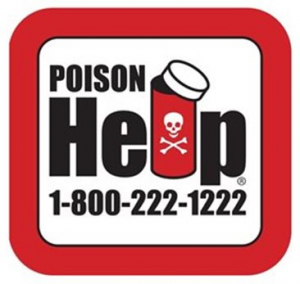
Handouts:
Poison Maze – easy
Hunt for Hazards
Home Poison Safety Checklist
YouTube Videos:
Danger Rangers: Medicine Mix Up
Educational Fire Safety Videos
Creating a Family Escape Plan
Candle Safety
Fire Safety Quizzes
Try out your knowledge with these Kahoot games! Quizzes will open up in another tab to make it easier to click back.
Quiz: Fire Safety Basics
Test your knowledge on the basic principles of fire safety and see how much you know about staying safe in case of a fire.
Quiz: Emergency Preparedness
Find out if you’re prepared for an emergency by taking this quiz on emergency preparedness and safety measures.
Quiz: Identifying Hazards in the Home
Challenge yourself to identify common hazards around the house and learn how to prevent them.
Quiz: Smoke Alarm Smarts
Test your knowledge on smoke alarms.
Quiz: Firefighter Tools and Gear
Discover the tools and gear firefighters use to keep us safe and see how much you know about their equipment.
Quiz: Poison Look-a-Likes
Can you tell the difference between medication and candy just by looking at it, especially if it is out of it’s packaging? Take this quiz and find out. Always ask an adult if you are unsure.
Quiz: Kitchen Safety
Explore the do’s and don’ts of kitchen safety to prevent fires and accidents while cooking.
Quiz: Outdoor Fire Safety - Coming soon!
Understand the importance of outdoor fire safety and learn how to prevent wildfires and other outdoor fire hazards.

